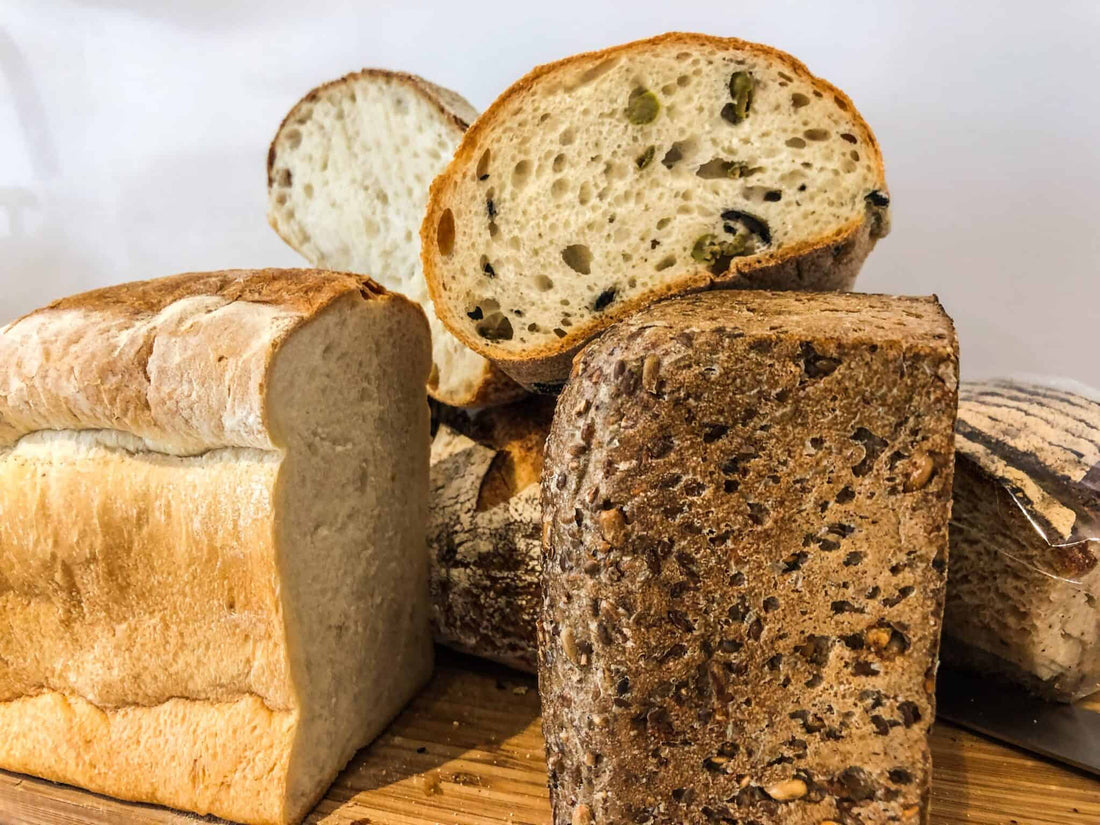If you monitor your blood sugar levels, you may have noticed that your blood sugar changes dramatically after eating a slice of bread. And when you're standing in front of the bread selection at the supermarket, you may feel overwhelmed and decide not to buy bread at all, unsure of what it will do to your blood sugar. But we want to help you understand why certain types of bread are better for your blood sugar and support you in making the best choices for you.
So let's take a look at the different types of bread and find out how they can affect your blood sugar.
white bread
White bread is made from refined white flour. Refining removes most of the grain's protein, fiber, and other nutrients. This is why white bread causes blood sugar levels to spike significantly.
Wholemeal bread
Whole-grain bread means that the grain is still intact, unlike white bread. It still contains fiber, protein, and vitamins. People who consume more whole grains have a lower risk of type 2 diabetes and cardiovascular disease.
However, it's often the case that a bread labeled "whole grain" still contains refined flour or added sugar. Therefore, be sure to check the ingredients list carefully.
Sprouted bread
When making sprouted bread, whole grains, legumes, or seeds are soaked, sprouted, ground, and used instead of flour. This typically contains a lot of fiber and protein, making it a particularly blood sugar-friendly bread.
Sourdough bread
Sourdough can have a lower impact on blood sugar due to the fermentation process, even though it's made from white flour. The chemical structure of the flour changes during fermentation, which can lead to a better blood sugar response.
organic bread
Organic bread means that all ingredients used to make the bread are organic, but it doesn't say anything about how good or bad it is for your blood sugar.
Gluten-free bread
As with organic bread, there's no guarantee that gluten-free bread will affect blood sugar. Gluten-free bread can be made from grains that are milled and refined to resemble the texture of white flour. Again, check the label of your gluten-free bread carefully to make sure it's not made with white rice. White rice is a grain that can significantly raise blood sugar for many people.

We have summarized four steps for you to help you make better bread choices:
- Start with the ingredients list . If you see sugar, look for a different bread. If it doesn't have sugar, look for fiber-rich ingredients like chia or flax seeds, grains, nuts, or seeds.
- Next, pay attention to the carbohydrates on the nutrition facts panel . The total carbohydrate count indicates all the carbohydrates contained in the product, including added sugar and fiber. The best products contain fewer than 15 grams of carbohydrates per slice of bread.
- Check the fiber content. You'll find fiber listed under carbohydrates in the nutrition facts panel. Anything with less than 2 grams of fiber is more likely to spike your blood sugar, so you should avoid it.
- Check if your bread contains protein . Since protein helps balance the glucose response, every gram of protein is a good addition. Some products containing seeds have up to 5 grams of protein per slice.
Not all types of bread have the same effect on your blood sugar levels. It's best to try different varieties and find what works best for you.




